RAM, or memory, is an oft overlooked component when it comes to maximizing your PC’s performance, but it can be incredibly important. If you don’t have enough for the apps and games you want to run, they’ll feel sluggish, and in some cases won’t run at all. If your RAM isn’t fast enough, you’re leaving performance on the table, but if you buy the best of the best, you might be spending more than you need to.
Picking the right RAM that’s the right generation, the right capacity, and the right speed for your PC can be a little tricky, with lots of numbers and details to unpack before you make the final decision. That doesn’t even begin to look at added extras like cooling potential and fancy lighting effects.
In this RAM buyer’s guide, we’ll break down everything you need to know about those sticks of memory so you can feel secure in what you have, or know what you need to in order to upgrade in the future.
What is RAM?

Random access memory (RAM), is a very fast form of storage. It’s volatile, meaning that it is wiped clean when the power is turned off, but it is much, much faster than longer-term storage solutions like hard drives and SSDs, which can hold data for years at a time without power.
RAM is designed to receive and hold on to data that your CPU or GPU need immediate and regular access to. Information that’s needed for the tasks you’re performing is loaded into the RAM as long as it has capacity for it, and then it can be much more quickly and readily accessed than if your CPU or GPU had to pull that same data directly from a hard drive or SSD.
In PCs and laptops, RAM is made up of sticks or DIMMs (dual in-line memory modules) which plug directly into specialized slots on the motherboard. It’s that direct connection which allows for the extreme bandwidth that memory is capable of and it means there are no additional wires or power cables.
Cheap RAM looks like a printed PCB (printed circuit board) with obvious memory chips, while more expensive kits will often come fitted with metallic heatspreaders and heatsinks which are designed to dissipate heat. These are rarely necessary and in actuality serve more of an aesthetic purpose than a performance one, but they’re commonplace all the same.
DDR3 vs. DDR4 vs. DDR5
Like processors, graphics cards, and connection standards, RAM has gone through several generations as technology improves, with the latest PCs using DDR4 or DDR5. DDR3 memory is an older standard found in PCs that are a few years out of date, but if you haven’t updated your computer in a few years, it’s possible you’re still using it.
Although there is a wide range of performance potential within each individual generation, each step up leads to at least a doubling of potential bandwidth. This in turn leads to an increase in real-world performance from the memory kits, though there is some crossover between generations. There are also sometimes changes in the way RAM sticks are designed, and a reduction in power demands due to improvements in efficiency.
Faster and Faster
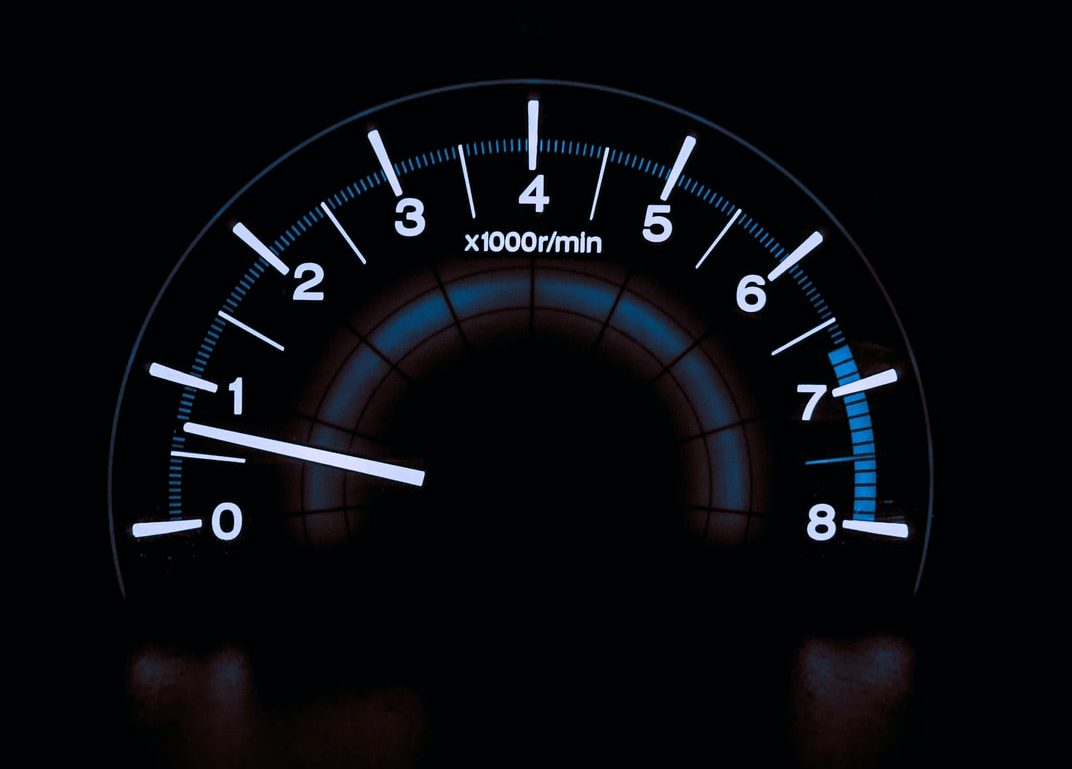
The most obvious change between memory generations, is their speed. Although technically rated in mega transfers per second (MTps or MT/s), this figure is sometimes used interchangeably with a colloquial megahertz rating of the same figure.
DDR3 memory was typically sold with speeds between 800 and 2,133 mega transfers per second. DDR4 memory sells at standard frequencies between 1,600 and 3,200 mega transfers per second. DDR5 raises speeds to between 4,800 and 7,200 mega transfers per second.
However, there are many memory kits that are sold with rated speeds outside these ranges. Although not always officially supported by motherboards, there are DDR4 kits which are sold that can reach upwards of 5,000 mega transfers per second, and promises of much faster DDR5 kits in the future. These speeds are achieved by enabling an enhanced memory profile in a system’s BIOS and can potentially unlock additional performance.
Latency
Another metric that changes dramatically between memory generations is their latency, or timings. This string of numbers controls various aspects of how RAM operates and has a big impact on performance, though not as great as raw speed. A fast DDR4 kit might have memory timings of 18-22-22-42, whereas a newer DDR5 memory kit might have timings more like 40-39-39-77.
Memory latency roughly doubles between generations, which would typically mean an overall lowering of performance. However, the bandwidth gains made with new generation memory easily account for this, with only specific applications that are very sensitive to memory latency typically showing a benefit from using older, slower memory with tighter timings.
Power and Efficiency
Alongside performance improvements, each successive generation of RAM has seen reductions in power requirements. DDR3 requires 1.5v for regular operation, while DDR4 needs just 1.2V. DDR5, lowers that requirement again to just 1.1v at stock.
DDR5 goes one step further, however, and also brings the voltage controller onto the memory PCB itself, rather than on the motherboard. This allows for improved granularity of the power received by memory modules, which should improve the integrity of the data as it moves through the RAM, thereby reducing the frequency of memory errors.
Alongside that change to the DDR5 memory, its architecture is a new DIMM channel design. DDR5 has two narrower DIMM channels, compared with DDR4’s singular, larger DIMM channel. That compounds the megatransfer speed advantage of DDR5 with improved memory access efficiency in the handling of that data.
Capacity
There are several factors that contribute to the maximum amount of memory you can have in your PC, most notably the number of motherboard slots that you have to work with. Most motherboards have four, while the smallest have two, and the largest can have eight or more.
Those motherboard chipsets and the memory generations themselves also have a maximum capacity, however. DDR3 memory has a maximum per-chip memory capacity of 8 gigabits, which allows for a theoretical maximum per-stick capacity of 16GB. In reality, though, those sticks were reserved for servers, so consumer RAM typically tops out at 8GB per stick.
DDR4 allows for per-chip capacities of 16 gigabits, making it possible to have as much as 64GB per stick, though in reality 32GB is about the maximum per-stick capacity you’ll find for consumer RAM. DDR5 continues the trend by doubling maximum per-stick capacity to 128GB, enabling as much as 512GB in a single four-slot motherboard.
Motherboard Compatibility

DDR4 has been the mainstream RAM of choice for a number of years now, so most recent-generation and modern PCs support it with some differences in capacity and performance. There are some new motherboards designed for Intel’s Alder Lake generation processors, running the Intel Z690 chipset, which drop that support in favour of exclusive DDR5 support.
Intel has a number of other boards which support both DDR4 and DDR5, though most boards support just one or the other. All AMD motherboards currently support DDR4, with a new generation of socket AM5 boards expected to launch later in 2022 with exclusive DDR5 support.
Dual Channel vs. Tri-Channel, vs. Quad-Channel and Beyond
Multiple memory channels increase the data transfer rate between the memory and the memory controller, and when first introduced in dual channel form, lead to a leap in memory bandwidth. It’s been a long time since that kind of leap was made, however, and as long as you’re running at least two sticks of identical memory, it’s not something you need to worry too much about.
Although there are motherboards that support dual-channel, tri-channel, quad-channel, and in servers, even octa-channel memory, most consumer systems will be restricted to dual channel. Running in tri-channel or quad-channel mode wouldn’t have a dramatic impact on game performance or most consumer software, so higher channel counts are typically limited to high-end desktop (HEDT) and server platforms.
What About GDDR Memory?
Graphics DDR RAM is the memory used on graphics cards and is often a different type and generation than available system memory. Where motherboards are just moving to support DDR5 memory, graphics cards moved past GDDR5 generations ago, with the latest now supporting a mixture of GDDR6 and a specialized GDDR6X developed between Micron and Nvidia.
Graphics memory, or video memory as it’s sometimes known, is much faster than system memory but is only used by the GPU. Most modern graphics cards have between 8GB and 16GB of GDDR memory, though the most high-end cards, like the Nvidia RTX 3090 Ti, can have up to 24GB.
So, How Much RAM Do You Need?
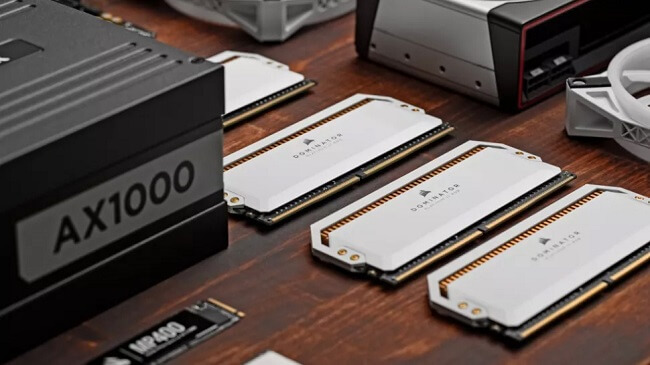
The first question you should ask yourself when buying a new PC or upgrading your memory, is how much RAM do you actually need? Although there are baselines that your operating system needs, there are some PC users who need more RAM than others.
Entry level tablets, laptops, and smartphones will ship out with just 2-4GB of RAM. Though that’s fine in Chromebooks and lightweight devices only used for web browsing or basic office tasks, for just about anything else, you’ll need more.
A good baseline for most PCs is 8GB, whether you’re looking to do a little gaming, work from home, or just want a system for watching your favourite streaming services. Gamers, video editors, and 3D designers are going to want a lot more, though.
Heavy Gaming
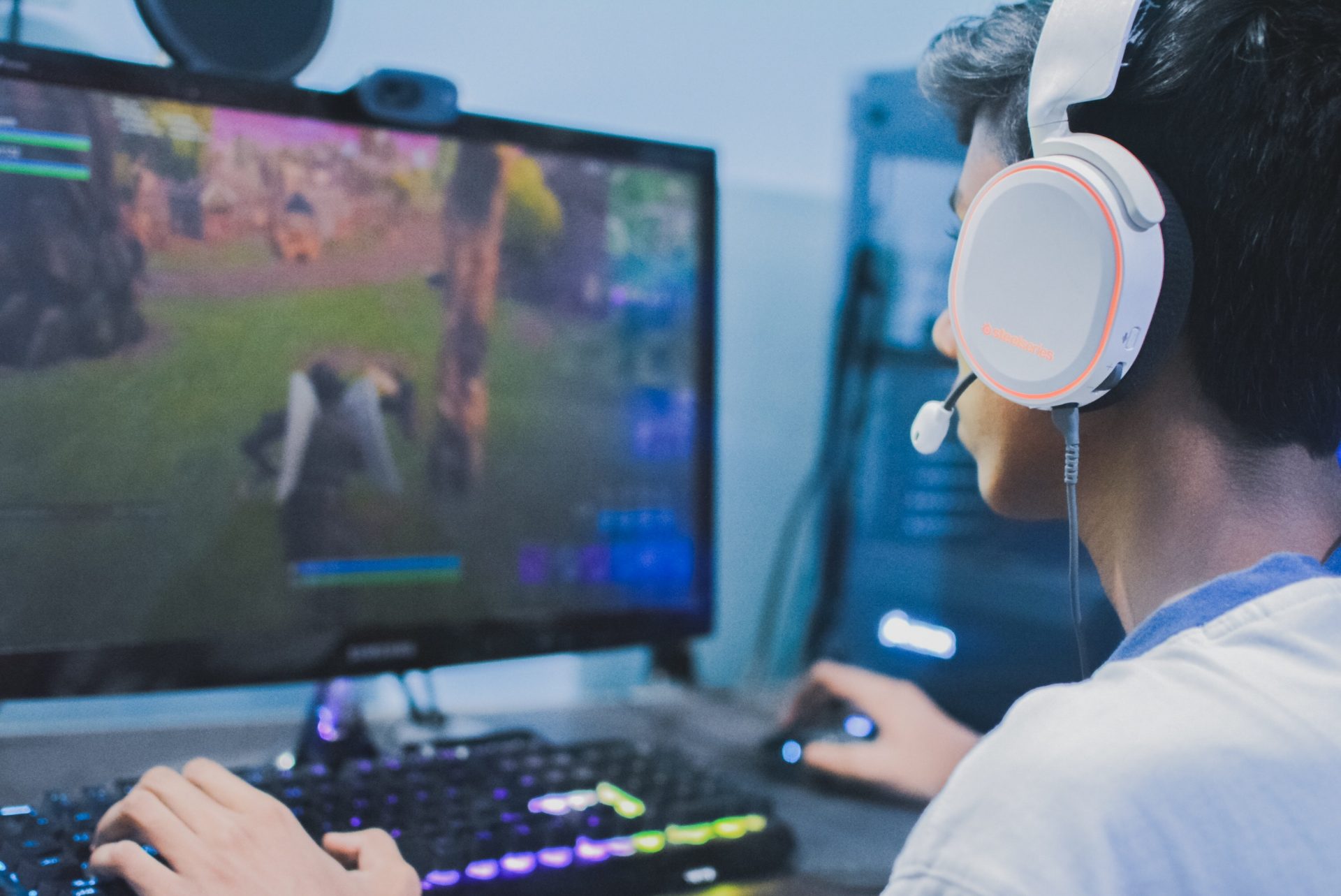
If you’re a serious gamer, someone who plays competitively, or you want to play the newest games as they release, then 16GB is the real floor for you. Many modern games demand 16GB as a minimum, and if you’re playing high-paced esports, you can ensure that no background tasks intrude on your game performance by making sure you have at least 16GB.
For those building high-end gaming PCs, or anyone who wants to future proof their system, you could opt for 32GB. The way prices are, that’s not such a huge demand, but it will raise costs, so double check what the games you want to play demand, and cater your PC to them.
Video Editing and Transcoding
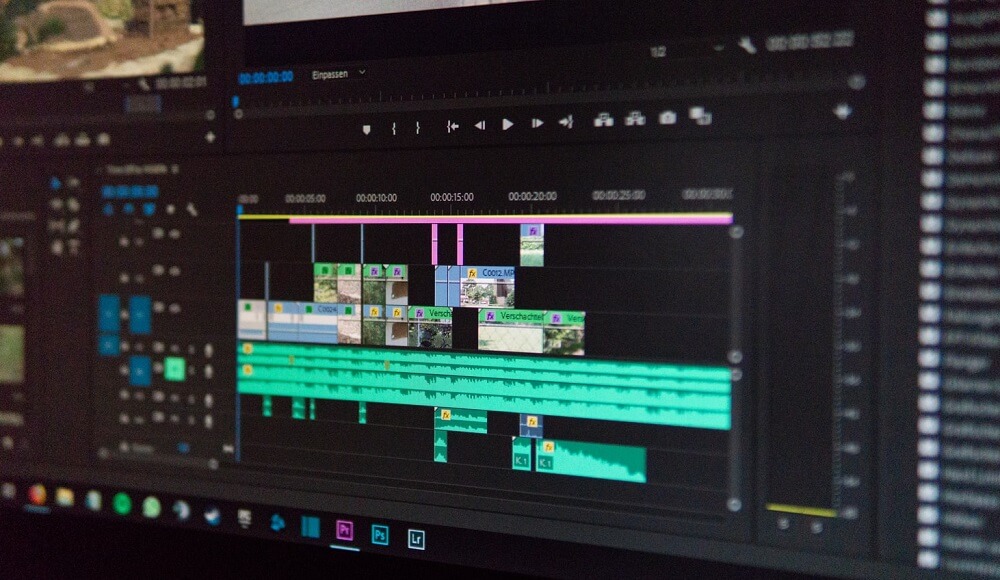
If you’re a streamer, want to do heavy photo and video editing, or want to transcode a lot of video, then you’re going to need a lot more RAM than most. As a baseline, 32GB will give you a lot of breathing room in most tasks, making sure you can load most of your footage into memory for a responsive editing experience.
If you’re working with particularly high-resolution videos, or plan to transcode multiple videos at a time on your heavily multi-threaded processor, then you may consider increasing your memory to 64GB. At that sort of level, RAM can start to get very expensive, however, and you’ll begin to lose the ability to run the fastest of kits, so make sure this is necessary and within your budget.
CAD and 3D Animation

For those running HEDT systems for CAD and 3D animation work, there almost isn’t a limit to how much RAM you should use. The larger the projects you work on, the more memory you’ll need for a responsive work experience, and the more you have, the smoother everything will run. Again, you’ll run into the same issues of losing out on the fastest frequencies at higher capacities, and 128GB+ kits start to get inordinately expensive.
Then again, if you’re already running an AMD or Intel HEDT or server setup, a few thousand pounds on RAM might not seem quite so expensive. At the time of writing 128GB and 256GB kits are readily available, with 512GB kits of DDR5 expected in the future.
Is Faster RAM Always Better?
The raw speed of memory, as denoted by its MT/s rating, is the major differentiating factor of memory performance, assuming there’s adequate capacity. While timings can play a small part in overall performance, and tightening them can improve performance, particularly on AMD systems, the MT/s rating of the memory is the biggest factor in its real-world speed.
The faster memory is, the faster it can get data to the CPU and GPU, so typically, the faster your memory is, the faster it’ll complete whatever task you set it. But there are diminishing returns, with the fastest memory requiring overclocking to make the most of it, and some tasks and platforms benefiting from faster memory more than others.
Is Faster RAM Better For Gaming?

Memory performance has a bigger impact on CPU performance than it does on anything else, so memory speed is most impactful at lower resolutions, like 1080p, where games are more CPU bound than they are GPU bound. Faster memory can have an impact on game performance at all resolutions, it’s just most impactful at lower resolutions and higher frame rates.
Baseline DDR4 memory at 2,133MHz will offer notably worse performance than something higher end, like a 3,200MHz kit, though you’re still only talking about maybe five percent of frame rates in most games. Some see a bigger impact than others, and some games will see even greater leaps if you go to 3,600MHz or even 4,000 MHz+, but those games are rare.
With little price difference between entry-level DDR4 and mid-range kits around the 3,000MHz mark, it’s worth targeting a faster kit. Once you get close to 4,000MHz though, the difference really isn’t very notable in most games.
It’s also important to note that on AMD systems, once you go over 3,600MHz you start to have to play with the infinity fabric clock speed, and it all gets quite complicated. If you’re paying Chillblast to build a PC for you, then by all means ask about overclocking, as our highly qualified system builders can do all the leg work for you. But even then, most of the time we recommend a 3,200MHz kit and call it a day.
For new-generation Intel Alder Lake PCs, however, there is a real performance advantage to going with DDR5 over DDR4. This is much more expensive, but if you’re buying a new gaming PC with all the bells and whistles, those extra few frames per second might be worth the expense.
Is Faster RAM Better For Video Editing?

Although making sure you have lots of RAM is typically more important than making sure you have the fastest RAM, there is additional performance to be found using faster memory when video editing. Some tests have found certain CPUs perform as much as 10 percent better in Adobe Photoshop and Adobe Premier when using a 3,600MHz kit over a 3,200MHz kit.
This is most notable on AMD CPUs, which tend to be most sensitive to memory speed, though some Intel CPUs can benefit too.
Since you’ll likely be working with larger capacity memory kits if you’re video and photo editing, your choice of RAM speed will be more limited. Going with the fastest kit you can find and afford at your chosen capacity is typically the best bet, but don’t spend hundreds of pounds more just for a few percent extra if it doesn’t fit your budget.
How Important Are RAM Timings?
RAM timings affect its latency and do contribute to the overall performance, but they are far less impactful than memory frequency. Unless you are really trying to maximize the performance of your system for a critical task, your best bet is to simply buy the RAM kit that fits your needs in terms of performance and capacity.
Yes, you can get a percent or two extra performance from buying the kit with tighter timings, or tightening them yourself through system tweaking, but as long as you’re buying a fast enough kit that meets the needs of the applications you want to run, you’ll get perfectly adequate performance. Worrying about timings is the icing on the cake for those that want to wring every extra drop out of their system.
Do Heatspreaders Matter For RAM?
 Image source: APH Networks
Image source: APH NetworksSince the earliest DDR memory was sold at the turn of the 21st century, there has been memory with heatspreaders, and despite that more than 20-year gap, they’re still not really necessary. At least, not in most cases. Memory doesn’t get particularly hot, so there is little need outside of competent system air cooling to make sure that doesn’t change.
That said, if you’re planning to perform heavy overclocking, or are running some of the latest DDR5 memory at a high frequency, it doesn’t hurt to have some heatspreaders. Indeed, since most RAM outside of the most budget options are sold with heatspreaders included, your biggest concern should be whether they have enough clearance to fit next to your CPU cooler.
You may also want to consider the look of your memory, since heatspreaders arguably have a bigger impact on the aesthetics of your PC than they do the performance.
Is RGB RAM Worth it?
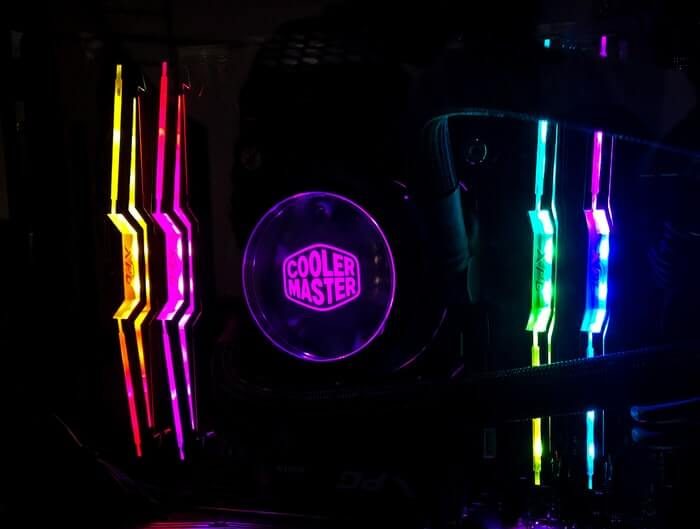
RGB memory, or RAM with customizable LED lighting on them, is a purely aesthetic choice. If you want RAM that lights up and synchronizes with your other case lighting, case fans, and even your keyboard and mouse, then absolutely RGB RAM can be worth the added cost. In the right hands, it can look undeniably cool, and the range of colour options available with modern memory means you can really tweak it to look exactly how you want.
That said, you will have to pay for the privilege. RGB RAM is more expensive than RAM without lights, and those LEDs do consume a little extra power, which can be a factor in very small form factor builds, and when you’re trying to minimise your energy footprint.
What Are The Best Memory Brands?
The best memory brands change all the time, with new companies coming to the fore, and others fading into obscurity, but there are a handful that have remained in contention for many years. Corsair is a standout for its selection of both minimalist, affordable memory, like the Corsair Vengeance LPX range, and light-show-like Vengeance RGB.
G.Skill makes some of the best performing memory available today, while Patriot memory is supremely affordable, while still giving you decent performance.
Kingston, Adata, and TeamGroup are also brands worth considering when you pick your new RAM kit.
Best RAM For Gaming
Gaming certainly benefits from faster RAM, so picking a RAM kit that isn’t the cheapest possible is a good idea if you’re building a gaming PC that is anything but entry-level. That said, you don’t necessarily want the fastest possible RAM, either.
If you’re building an AMD PC, a 10th or 11th generation Intel PC, or just don’t want to splash out for DDR5 with your Alder Lake PC, then a good middle-ground RAM speed would be 3,200MHz. This is the highest you’ll be able to go on AMD PCs without having to play with the infinity fabric’s clock speed, and it offers a modest boost in gaming performance over slower RAM kits like 2,666MHz.
Kits running at 3,200MHz also aren’t much more expensive than the slower alternatives, so it’s a tried and true kit to aim for. You’ll want at least 16GB if you’re hoping to play any modern games and 32GB if you want to future proof your PC for some of the games coming down the pipeline.
For Intel gamers wanting to max out their PC’s performance, DDR5 is definitely the way to go, though it is expensive. The most high-end kits can run up to 6,000MHz without difficulty. Find a decent kit at that speed with tight timings, and you’ll be more than pleased with the performance those sticks give you.
RAM Options We Offer
Chillblast keeps things simple, by offering predominantly 3,200MHz DDR4 memory. Although there are plenty of options we could give gamers to buy slower and faster DDR4 RAM, it’s largely not worth it for the modest performance gains, cost savings, and added complexity that comes with niche RAM speeds.
DDR4 memory running at 3,200MHz offers the best mix of performance and price, letting us offer it in a range of styles and capacities. If you want 16GB, 32GB, 64GB, or even 128GB, Chillblast can offer you the same 3,200MHz speed kits for uniform performance, no matter what kind of games and applications you want to run. It’s available in the iconic, low-profile Corsair Vengeance kits, and the more aesthetically pleasing G.Skill Trident Z, with fancy RGB lighting.
For those looking to build a brand new, Intel 12th-generation gaming PC, there are options for DDR5 memory up to and beyond 5,000MHz speeds. Speak to your Chillblast sales representative for more detail on the kind of DDR5 memory that you can equip your new gaming PC with.
When you’ve picked a kit for your build, don’t forget to ask us about overclocking too. If you want a little more performance than is available right out of the box, our expert system builders can tweak and prod things in just the right places to coax a bit more performance. It’s entirely free as part of the service, and it won’t even invalidate your warranty.

Best RAM for Video Editing
Video editing doesn’t benefit from higher speed RAM quite as much as gaming, but there are still some benefits to be had.
If the price difference between a 2,666MHz kit and 3,200MHz kit is negligible, the faster kit is worth going for instead. That said, since you tend to need more RAM for video editing (32GB and up) your options for speed will be more limited, as larger capacity RAM kits tend to target more modest RAM speeds – maxing out at around the 3,200MHz for DDR4.
DDR5, on the other hand, is available in not only larger capacities – up to 256GB at the time of writing, with plans for 512GB kits in the future – but in higher speeds at those higher capacities. If you’re building a top-tier video editing PC, then Alder Lake processors offer the best performance, and they really offer the best performance when paired with fast DDR5.
What We Offer
Whether you’re gaming or video editing, Chillblast still targets the tried and true 3,200MHz speed for our RAM kits, with a range of capacities available at that speed. That would be more than enough for AMD and last-generation Intel systems, especially if you’re editing 1080p video – just make sure you get at least 16GB.
For those editing higher resolution video, like 4K, a 32GB kit is the bare minimum you want to target, and Chillblast has a couple of fantastic options there. You can pick from the excellent Corsair Vengeance kits, which run at 3,200MHz and have tight timings, an attractive heatspreader, and a low profile design that helps the sticks fit into even the most compact of builds. Alternatively, the G.Skill Trident Z sticks look gorgeous with detailed and customizable RGB lighting, also running at 3,200MHz.
For those looking to edit 8K footage, or who just want to run a faster and more high-end video editing PC, Intel’s 12th generation processors offer the best performance, and they work their best when paired with DDR5 memory. Again, 32GB is going to be the minimum you want to target, with better performance to be found at 64GB. Speed options vary, though some of the newer 4,800MHz kits are an excellent choice if you’re kitting out a new editing PC with heaps of memory.
That helps keep the price from getting too extreme, whilst also giving you serious performance benefits over DDR4.
Should You Overclock Your RAM?
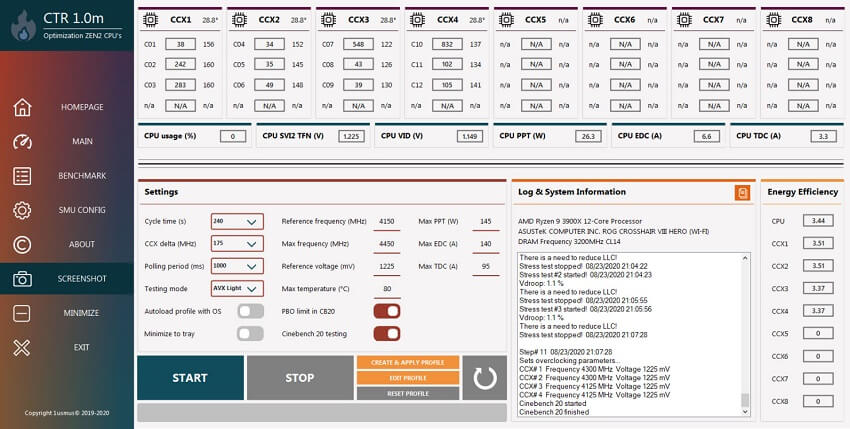
Although RAM overclocking has existed for decades, it’s rarely had a huge impact on system performance. However, with the latest generations of CPUs from both Intel and AMD running close to their limit right out of the box, memory overclocking has become a much more hotly investigated topic; On modern chips, it often provides greater performance improvements than manual CPU overclocking.
It’s more complicated than ever, though, so you’ll need to do your research before starting, or consider using automated tools like the 1usmus ClockTuner. Alternatively, speak to Chillblast when you buy your new PC, and we’ll be happy to overclock your memory for you to make sure your RAM is running at peak performance.
Chillblast TL:DR
Too Long… Didn’t Read
Whenever you buy a new PC or upgrade your existing one, it’s important to consider every component carefully. While your RAM might not offer the same exciting enhancement as a new CPU or GPU, the right memory can make or break a PC’s performance. Plus, if you’re looking for a uniform aesthetic in your PC, you’ll need to make sure the memory fits right in with the colour theme.
With DDR5 memory now beginning to proliferate through new-gen gaming systems and video editing machines alike, there’s a lot to be excited about with memory, and even if overclocking it is more complicated than ever, Chillblast is always there to help you make the most of your new PC.
If you need any more help picking the right memory for you, we’re always here to help. Our expert system builders know how to make the most of your money, whatever your memory needs.






